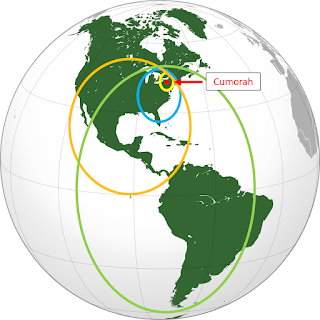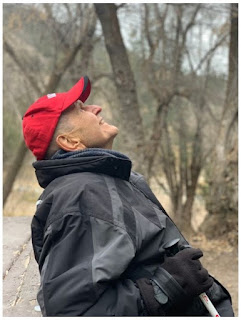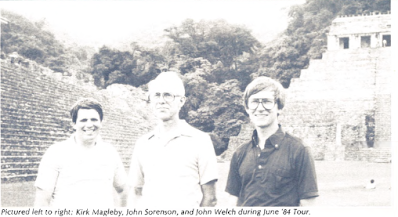I like having multiple working hypotheses (MWH) to consider because I agree with President Nelson that “good inspiration is based on good information.”
You don’t get “good information” by censoring information, which is why I disagree with the approach taken by Book of Mormon Central, the M2C advocacy group masquerading as a scholarly organization.
_____
Among those of us Latter-day Saints who still believe what Joseph and Oliver taught about the New York Cumorah, there are also multiple working hypotheses, which is awesome.
We’re all eager for additional good information, and there is an abundance of good information that corroborated the teachings of the prophets about Cumorah.
Here’s an example that perhaps not too many people know about:
https://northamericamodel.com/
I don’t agree with all of his assumptions and inferences, but that’s the point: unlike the M2C citation cartel, I think everyone should consider multiple working hypotheses.
Here, for example, he has a section on Cumorah that responds to Palmer’s Cumorah criteria.
https://northamericamodel.com/faqs#Question11
 |




























